MRU - Elasticity and its applications
Elasticity of demand
- The law of demand tells us that when price goes up, quantity demanded goes down and viceversa.
- But how much does quantity demanded change when price changes?
- A demand curve is said to be elastic when an increase in price redices que quantity demanded a lot.
- When the same increase in price reduces quantity demanded just a little, then the demand curve is inelastic.
- Elasticity is a measure of how responsive quantity demanded is to a change in the price.
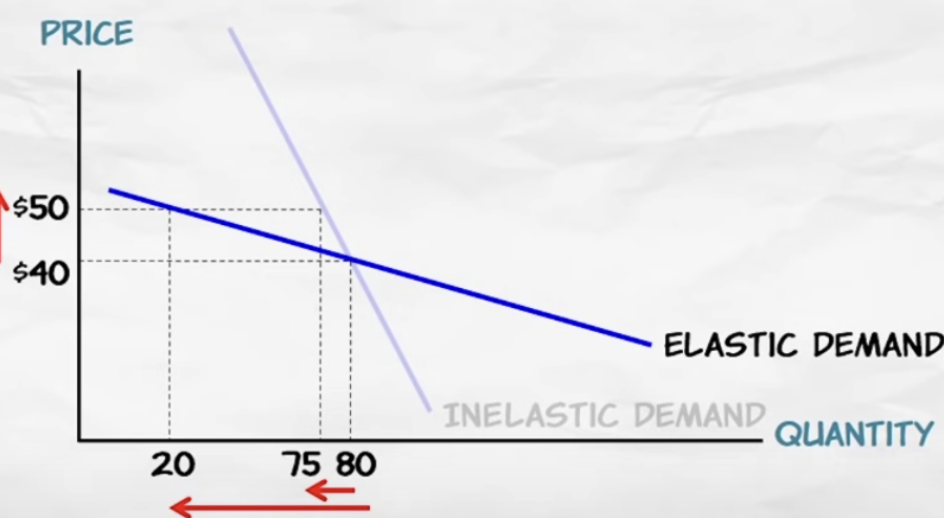
- Elasicity is not the same as slope
- Flatter is more elastic
- Factors that determine elasticity:
- availability of substitutes: this is the fundamental determinant. the more substitutes the more elastic
- for goods with many substitutes, switing brands when price change is easy, so demand is elastic
- time horizon: immediately following a price increase, consumers may not be able to alter their consumption patterns, making demand inelastic
- over time, however, consumers can adjust their behavior by finding substitutes
- the longer the time horizon, the more ability to adjust
- category of product: the broader the classification, the more likely they are able to find a substitute, making it inelastic
- necessities vs luxiries: for necessities, consumers do not change quantity demamnded much when the price changes.
- purchase size, relative to the consumer's budget: consumers are less concerned about price changes when the good feels cheap, making demand inelastic. they might not even notice if it goes up.

Calculating elasticity of demand
Elasticity of demand: percentage change in quantity demanded divided by the percentage change in price.
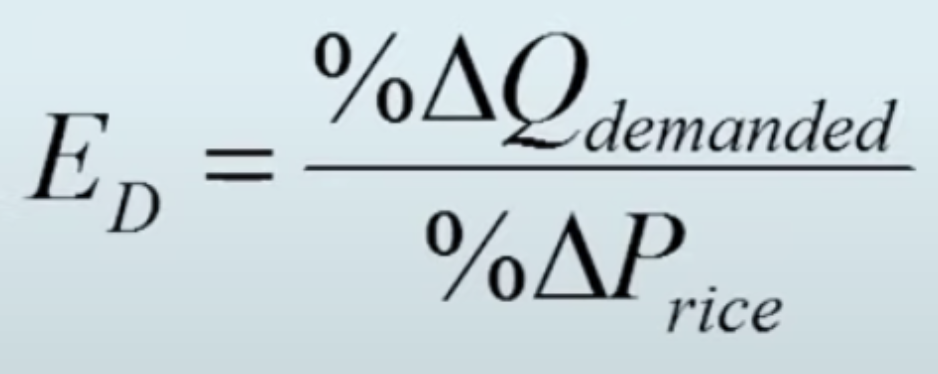
Ed < 1, inelastic
Ed > 1, elastic
Ed = 1, unit elastic
Midpoint formula:
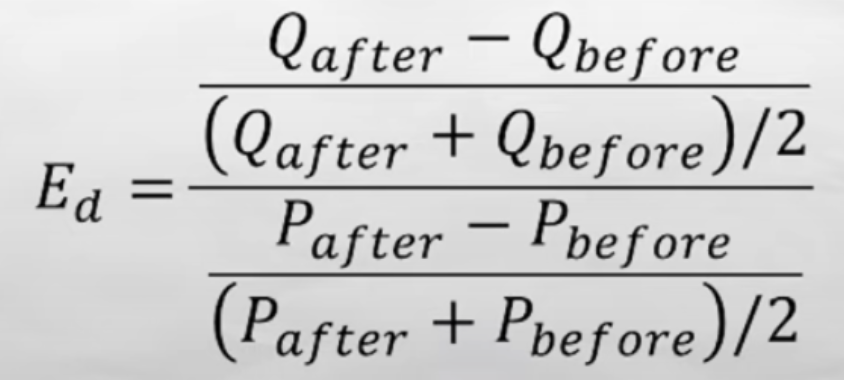
A firm's revenues are equal to price times quantity sold
- revenue = price * quantity sold
Elasticity of supply
- Elasticity of supply: how responsive the quantity supplied is to a change in price
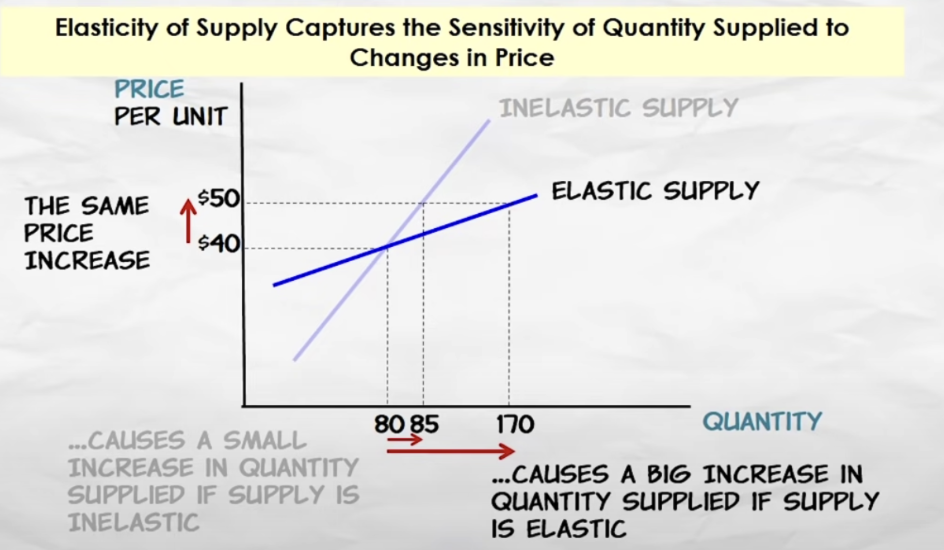
- determinants of elasticity of supply
- change in per unit costs with increased production: this is the main determinant if increased production requires higher csots, then the supply curve will be inelastic
- time horizon: immediately following a price increase, producers can expand output only using their current capacity, making supply inelastic
- share of market for inputs: supply is elastic when the industry is a small demander in its input markets because supply can be expanded without causing a big increase in the demand for the industry's inputs.
- example: we can double the supply of toothpicks without making a much bigger demand for wood
- geographic scope: the narrower the scope of the market, the more elasstic its supply
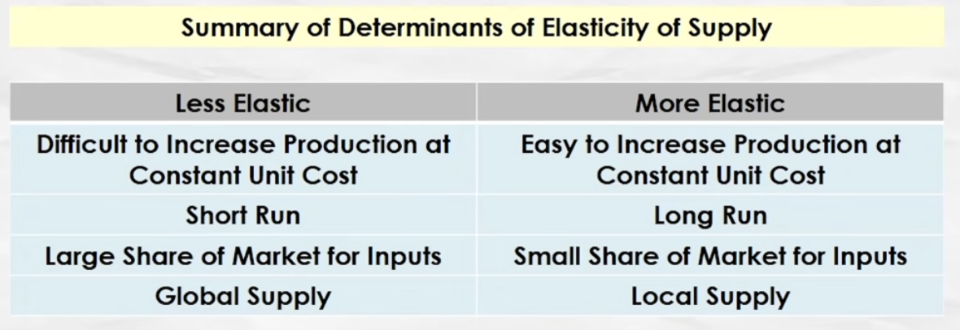
- we use the midpoint formula to calculate it too.